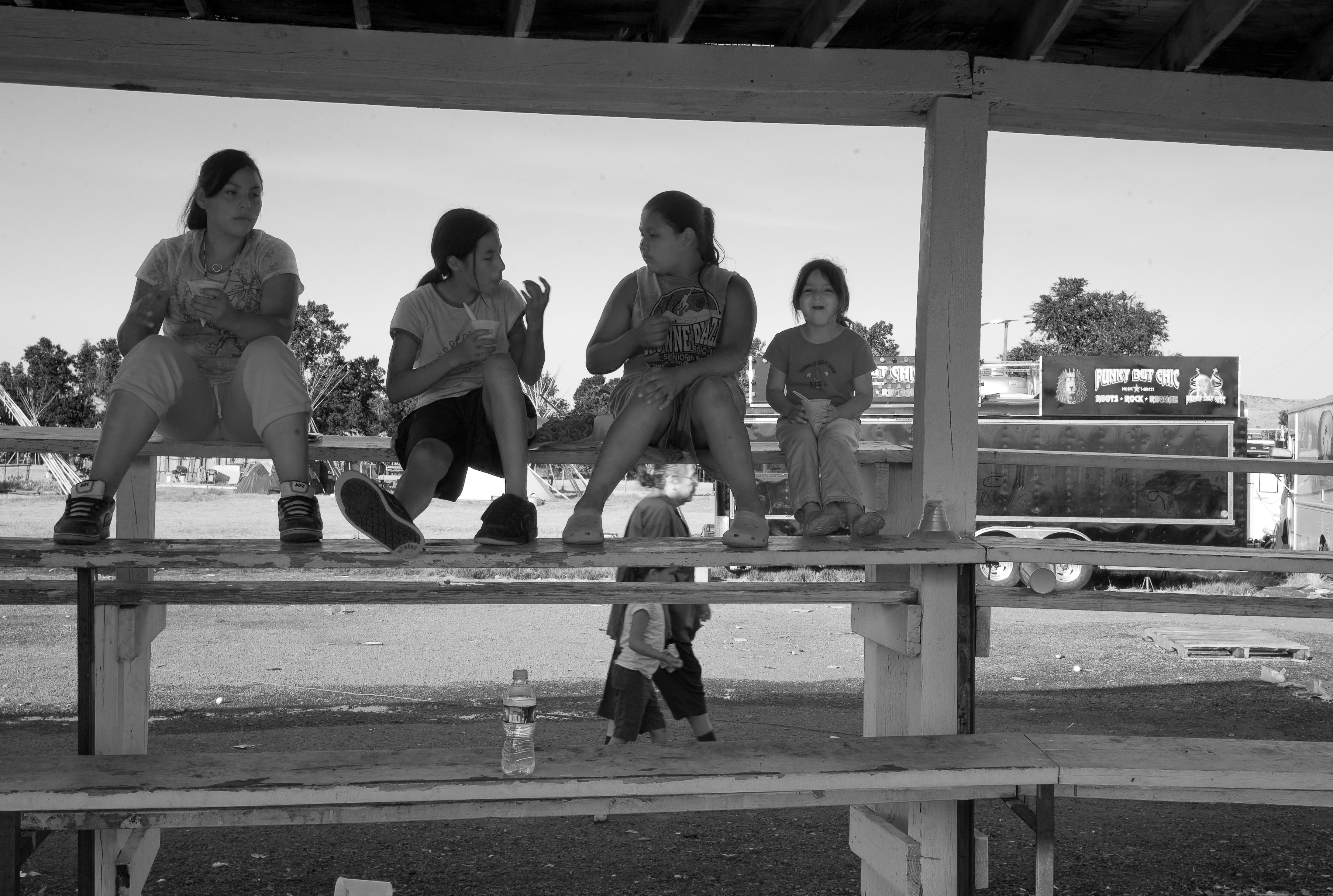Understanding the Role of Law Enforcement in the 2016 Model Juvenile Code
Tribal law enforcement has an important role in the work of providing restorative justice and alternatives to detention for tribal youth under the suggested guidelines in the 2016 Model Juvenile Code.

Disclaimer
The Model Code is intended to assist in the creation or revision of juvenile codes by tribal governments; there is no expectation on the part of the federal government that tribes will adopt the Model Code, and nothing in the provisions of the Model Code, or in the accompanying commentary, should be considered legal advice with respect to specific cases.
Trauma Informed Approach
The new model code recognizes that every Native American youth has experienced trauma in some form and advocates approaches designed to avoid compounding the trauma and instead support the child with community based services.
Confidentiality
- Law enforcement records involving minors must be kept confidential and only shared with certain parties.
- Confidentiality includes images or other identifying information, and applies to all media.
- Records involving children should also be kept separate from
adult records.
Several parts of Model Code help secure services for children involved in the juvenile justice system, as well
as children who might become system-involved in the absence of diversion
agreements or voluntary efforts to obtain services.
- Under the code, law enforcement and the Juvenile Case Coordinator are directed to consult periodically to ensure that a directory of available services for minors and their families is available, comprehensive and current.
- Law enforcement would be additionally directed to use this directory to make referrals, transport the child to receive medical care, and notify the appropriate parties in cases of custody or temporary custody.
Appropriate Response
The Model Code treats secure detention as a last resort – acceptable only in those cases where it is strictly necessary to ensure the safety of the child or the community – on the grounds that it is harmful to children, is not an effective deterrent to risky or delinquent behavior, and can actually increase recidivism rates among juveniles.
- Under the model code, law enforcement officers would be directed to make appropriate notifications when minors are taken into custody or temporary custody, including the juvenile case coordinator and the child's caregiver/s.
- Law enforcement would also be expected to make recommendations for appropriate alternatives to detention to the Tribal Court or Juvenile Court.
- The model code suggests restrictions on restraint, detention and placement of juveniles.
For more information on Alternatives to Detention, check out our tuition-free course on Partnerships to support Alternatives to Juvenile Detention.